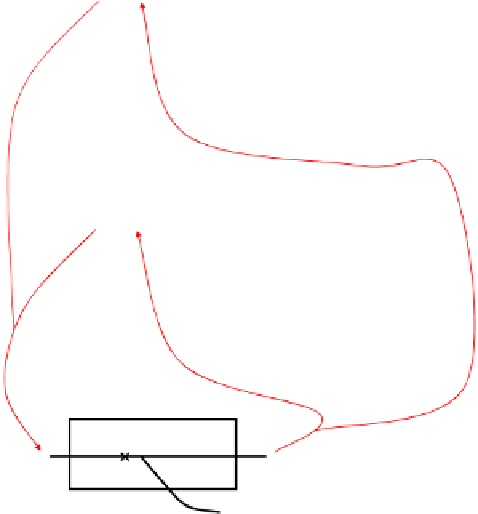Information Technology Reference
In-Depth Information
Make Reservation
Reservation
Authorization
start
success
makeReservation
[reservationOK]
[reservationFailed]
WaitingList
fail
addToWaitingList
Cancel Reservation
Reservation
Authorization
start
cancelReservation
WaitingList
success
tryReservationsFromWaitingList
Security
Security
start
success
checkAuthorization
[success]
[fail]
fail
Fig. 4.
Advanced UCM reservation use cases — first attempt
many different requirements units). This problem has also been referred to as the
tyranny of the dominant decomposition [36], as a chosen modularization tech-
nique (e.g., objects) inevitably will cause unwanted side-effects in the software
design (e.g., scattering and tangling). The UCM model in Fig. 5 exhibits signs
of scattering and tangling. The
Authorization
stub is scattered over multiple root
maps and various concerns are tangled in each of the root maps. Examples for
requirements units (or
concerns
) for which aspects provide a better encapsula-
tion than objects are authorization/authentication, caching, concurrency man-
agement, debugging, distribution, logging, testing, transaction management, or
even a feature or use case [25].
Initially, aspect-orientation focused on the implementation level leading to an
ever-growing number of tools that provide extensions for aspects to major pro-
gramming languages [9, 10]. Essentially, aspects identify locations in a program
(called
joinpoints
) through parameterized expressions (called
pointcuts
). Aspects
also specify behavior (called
advice
) which will be inserted into the specified loca-
tions. As advices may change the behavior of already existing structural entities
thus violating proper object-oriented modularization, entities external to an as-
pect are referenced in a structured way (with the help of
intertype declarations
).


















Search WWH ::

Custom Search